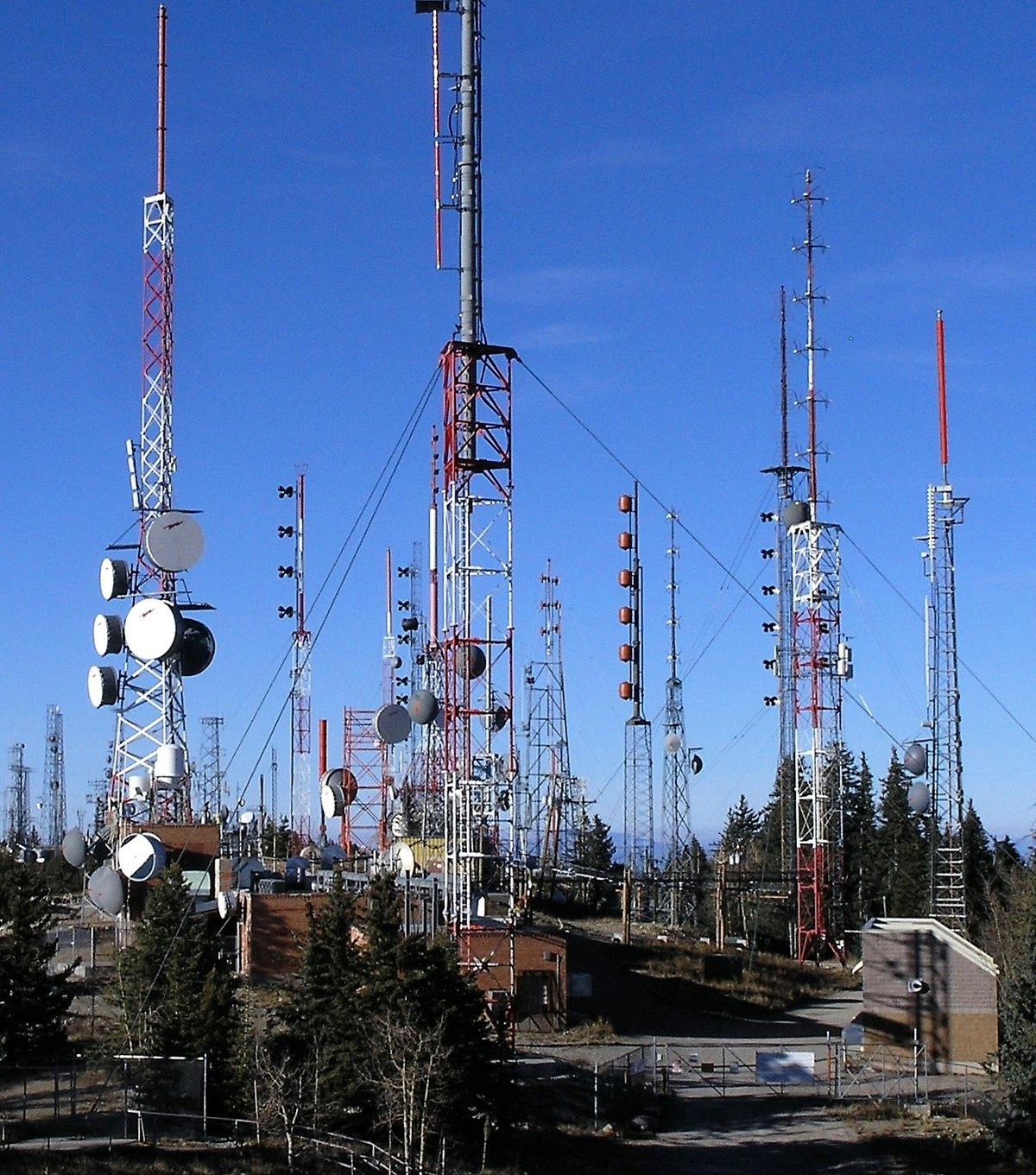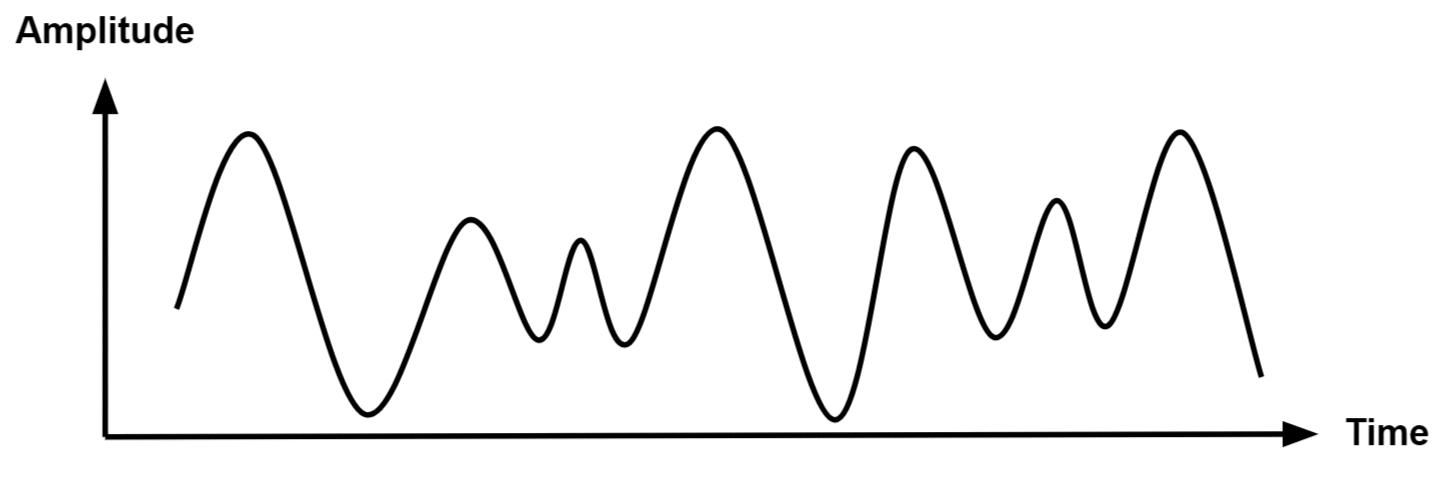Light is a fascinating and complex phenomenon that has puzzled scientists and researchers for centuries. One of the most important aspects of light is its frequency, which refers to the number of waves that pass a given point in a unit of time. The frequency of light is an essential property that determines its color, energy, and many other characteristics. In this post, we will discuss the frequency of light and whether it changes when light travels from one medium to another.
First of all, it is essential to understand that light is an electromagnetic wave that travels at a constant speed of 299,792,458 meters per second in a vacuum. This speed is known as the speed of light, and it is the maximum speed at which any object or information can travel in the universe. The frequency of light is determined by the wavelength of the electromagnetic wave, which is the distance between two consecutive peaks or troughs of the wave. The shorter the wavelength, the higher the frequency, and the more energy the light carries.
When light travels from one medium to another, such as from air to water or from glass to air, its speed changes due to the change in the refractive index of the medium. Refractive index is a measure of how much a medium can bend light as it passes though it. The refractive index of air is close to 1, while the refractive index of water is around 1.3. This means that light travels slower in water than in air, and its direction changes as it enters the water.
However, the frequency of light remains constant regardless of the medium it is traveling through. This is because the frequency of light is determined by the source of the light, such as a lamp or a laser, and it does not depend on the medium it is traveling through. The only way to change the frequency of light is to change the source of the light, such as by adjusting the voltage of a lamp or using a different laser.
It is important to note that although the frequency of light remains constant in different media, the wavelength of the light changes as it travels through different media. This is because the speed of light changes in different media, and the wavelength is inversely proportional to the speed of light. When light enters a denser medium, such as water, its speed decreases, and its wavelength becomes shorter. This is why objects appear distorted when viewed through water, as the light waves are bent and the image is refracted.
The frequency of light is an essential property that determines its color, energy, and many other characteristics. The frequency of light remains constant regardless of the medium it is traveling through, while the wavelength changes due to the change in the speed of light in different media. Understanding the properties of light and how it behaves in different media is crucial for many fields of science and technology, from optics to astronomy and beyond.
The Impact of Medium on Frequency
Frequency generally does not change when sound travels from one medium to another. The frequency of a sound wave is determined by the source that generates it and remains constant regardless of the medium through which it travels. This is because the frequency is essentially the number of oscillations or vibrations per second that the sound wave produces, and this characteristic of the wave is not affected by the properties of the medium it travels through. However, the speed of sound can change depending on the medium, which can affect the wavelength and the amplitude of the sound wave. For instance, sound travels faster in denser mediums such as solids than in less dense mediums such as gases. wile the frequency of a sound wave remains constant, its speed, wavelength, and amplitude can change based on the medium through which it travels.

Source: en.wikipedia.org
Can Light Frequency Be Altered?
The frequency of light can be changed, but only by changing the source of the light. When light travels from one medium to another, its frequency remains constant. However, if the source of the light is changed, the frequency of the light will also change. This is because the frequency of light is directly related to its energy. A higher frequency corresponds to higher energy, wile a lower frequency corresponds to lower energy. For example, when an electron moves from a higher energy level to a lower one, it emits light of a specific frequency. Similarly, when an electric current flows through a gas, it excites the gas atoms, causing them to emit light of a specific frequency. Thus, the frequency of light can be changed by changing the energy of the system that produces it.
The Relationship Between Frequency and Source or Medium
Frequency is a fundamental characteristic of a wave that refers to the number of oscillations or cycles that a wave completes per unit of time. The frequency of a wave is determined by the source that produces it and does not depend on the medium through which it travels. However, the observed frequency of a wave can be affected by the relative motion btween the source and the observer, known as the Doppler effect. In this case, the frequency appears to change due to the relative motion, but the actual frequency of the wave remains constant. Therefore, the frequency of a wave is primarily determined by the source that creates it, but it can be influenced by the relative motion between the source and the observer. On the other hand, the speed of a wave depends solely on the properties of the medium through which it travels, such as its density, elasticity, and temperature.
Does the Wavelength of Light Change When It Enters a Different Medium?
The wavelength of light changes when it moves from one medium to another. When light travels from a less dense to a more dense medium, such as air to water, the wavelength becomes shorter. This means that the frequency of the light remains the same, but the speed and direction of the light change as it enters the new medium. This phenomenon is called refraction, and it is responsible for many optical effects such as the bending of light in a prism, the formation of rainbows, and the distortion of objects seen throuh a curved lens. Understanding how light behaves when it changes medium is essential for many fields of science and technology, including optics, astronomy, and telecommunications.
Factors Affecting Frequency
Frequency is a measure of how often a wave oscillates or repeats itslf per unit of time. In the context of sound waves, frequency determines the pitch of the sound. The frequency of a wave is dependent upon two main factors: the properties of the material the wave is traveling through and the length of the wave. The speed of the wave is dependent upon the properties of the material, such as its density and elasticity. For example, sound waves travel faster through denser materials like solids than through less dense materials like gases. The wavelength of a wave is determined by the length of the wave, which is related to the physical size of the object creating the wave. In general, longer objects create longer waves, resulting in lower frequencies, while shorter objects create shorter waves, resulting in higher frequencies. Therefore, the frequency of a wave is determined by the speed of the wave and the length of the wave, both of which are influenced by the properties of the material the wave is traveling through and the size of the object creating the wave.

Source: monolithicpower.com
Factors Affecting Frequency Change
The frequency of the grid is affected by changes in the balance between electricity supply and demand. When there is more demand for electricity than there is supply, the frequency will decrease, while if there is excess supply, the frequency will increase. This is because the frequency of an alternating current (AC) power system is directly related to the speed at which the generators connected to the grid are rotating. If the demand for electricity increases, the generators have to work harder to meet this demand, which slows them down and causes a drop in frequency. Similarly, if there is excess supply, the generators rotate faster and cause a rise in frequency.
Frequency changes can also be caused by fluctuations in the output of renewable energy sources like wind or solar power, which can be unpredictable and intermittent. To manage thse fluctuations, grid operators use advanced control systems that can adjust the output of generators in real-time to maintain a stable frequency. Additionally, large-scale energy storage systems like batteries or pumped hydro can help to balance the grid by absorbing excess energy during periods of low demand and releasing it during periods of high demand. managing frequency is a crucial aspect of maintaining a reliable and stable electricity supply for homes, businesses, and industries.
Does Light Frequency Remain Constant?
The frequency of light remains constant during the process of refraction. Frequency is a fundamental property of light waves that characterizes the number of oscillations of the electric and magnetic fields per unit time. It is determined solely by the source of light and is independent of the medium through which the light travels.
Refraction occurs when light waves pass through a medium that has a diferent refractive index than the medium in which they were previously traveling. The refractive index of a medium is a measure of how much the speed of light is reduced when it passes through that medium.
When light waves pass through a medium with a different refractive index, their direction of propagation changes, and they bend or refract. However, the frequency of the light waves remains constant, which means that the number of oscillations of the electric and magnetic fields per unit time does not change.
This property of light is crucial because it enables us to understand the behavior of light waves as they pass through different media and interact with objects. It also allows us to develop technologies like lenses, prisms, and fiber optics that rely on the predictable behavior of light waves.
Factors That Influence the Frequency of Light
The frequency of light is primarily affected by its wavelength. Light waves with shorter wavelengths have a higher frequency, whie those with longer wavelengths have a lower frequency. This is because the frequency of a wave is directly proportional to its wavelength, with the speed of light acting as a constant in this relationship.
Additionally, the frequency of light can also be affected by the medium through which it is traveling. For example, when light passes through a denser medium, such as water or glass, its speed decreases, which can lead to a change in its frequency. This phenomenon is known as refraction and is responsible for the bending of light as it passes through a prism.
The frequency of light is also related to its energy. As the frequency of light increases, its energy also increases, and vice versa. This is due to the wave-particle duality of light, which means that light can behave as both a wave and a particle (photon). The energy of a photon is directly proportional to its frequency, with the constant of proportionality being Planck’s constant.
The frequency of light is primarily determined by its wavelength, which is a function of the speed of light. The frequency can also be affected by the medium through which it travels and is directly proportional to the energy of the photon.
Factors That Increase the Frequency of Light
The frequency of light is directly related to its wavelength, according to the formula f=1λ. This means that as the wavelength of light decreases, its frequency increases. Therefore, anything that causes the wavelength of light to becme shorter will cause an increase in its frequency. For example, passing light through a medium with a higher refractive index can cause its wavelength to shorten, resulting in an increase in its frequency. Additionally, high-energy events such as nuclear reactions or electronic transitions can also produce light with shorter wavelengths and higher frequencies. any factor that causes a decrease in the wavelength of light will lead to an increase in its frequency.

The Independence of Frequency from Medium
Frequency is a fundamental property of a wave that determines how often the wave oscillates or completes a cycle per unit time. It is measured in hertz (Hz), which represents the number of cycles per second. The frequency of a wave is determined by the source of the wave, such as an oscillator or a vibrating object.
The medium through which a wave propagates does not affect the frequency of the wave. This is because the frequency of a wave is determined by the source that creates the wave, not by the medium through which it travels. For example, if you have two tuning forks of the same frequency, one placed in air and the other in water, both tuning forks will vibrate at the same frequency, even though the speed of sound is diffrent in air and water.
However, the speed of the wave does depend on the medium through which it travels. The speed of a wave depends on the properties of the medium, such as its density, elasticity, and temperature. In general, the denser and more elastic the medium, the faster the wave will travel. This is why sound travels faster in solids than in liquids or gases.
The frequency of a wave is determined by the source that creates the wave, while the speed of the wave depends on the properties of the medium through which it travels. Therefore, the frequency of a wave does not depend on the medium through which it propagates.
The Constant Frequency of Light in Different Mediums
The frequency of light, which determines its color, does not change as it passes through dfferent mediums because it is a fundamental property of the light wave itself. The frequency of light is determined by the speed at which the wave oscillates, or moves up and down, and this speed remains constant regardless of the medium through which the light is passing. However, the speed of light does change as it passes through different mediums, which causes the wavelength of the light wave to change proportionally. This means that the distance between the peaks and troughs of the wave changes, but the number of peaks and troughs per second, or the frequency, remains the same. This is known as the principle of conservation of frequency and is a fundamental principle of wave behavior in general. Therefore, regardless of where light travels, its frequency remains constant, allowing us to perceive the same colors and patterns regardless of the medium through which we observe them.
Effects of Increasing Frequency in a Medium
When the frequency of a wave increases in a given medium, the wavelength of the wave decreases. This means that the distance between two consecutive peaks or troughs of the wave becoms smaller. Additionally, as the frequency of a wave increases, its energy also increases. This is because the energy of a wave is directly proportional to its frequency. Therefore, if the frequency of a wave increases in a given medium, the wave will carry more energy. This is why high-frequency waves, such as X-rays and gamma rays, are considered to be more dangerous than low-frequency waves, such as radio waves and microwaves.
Effect of Temperature on Frequency
The frequency of sound waves remains constant during their propagation, regardless of the temperature. This is becaue frequency is determined by the vibration of the sound source, and not by the medium through which the sound travels. While temperature can affect the speed at which sound waves travel, it does not alter their frequency. Therefore, whether the sound is traveling through hot or cold air, the frequency of the wave will remain the same. It is important to note that while temperature does not impact frequency, it can affect the perception of sound, as our ears and brain may interpret sounds differently depending on the temperature and other environmental factors.

Conclusion
The frequency of light is a fundamental property of electromagnetic radiation that determines its color and energy. It is a measure of the number of waves that pass through a point per second and is expressed in Hertz (Hz). The frequency of light does not change when it travels from one medium to another, unlike the speed and wavelength, which are affected by the properties of the medium. The frequency of light can only be changed by altering the source of the radiation, which affects its energy. The ability of light to maintain its frequency allows it to carry information over long distances and enables us to see the world aroud us in vibrant colors. Understanding the frequency of light is crucial in many fields of science, including optics, astronomy, and telecommunications, and it continues to be the subject of ongoing research and exploration.
